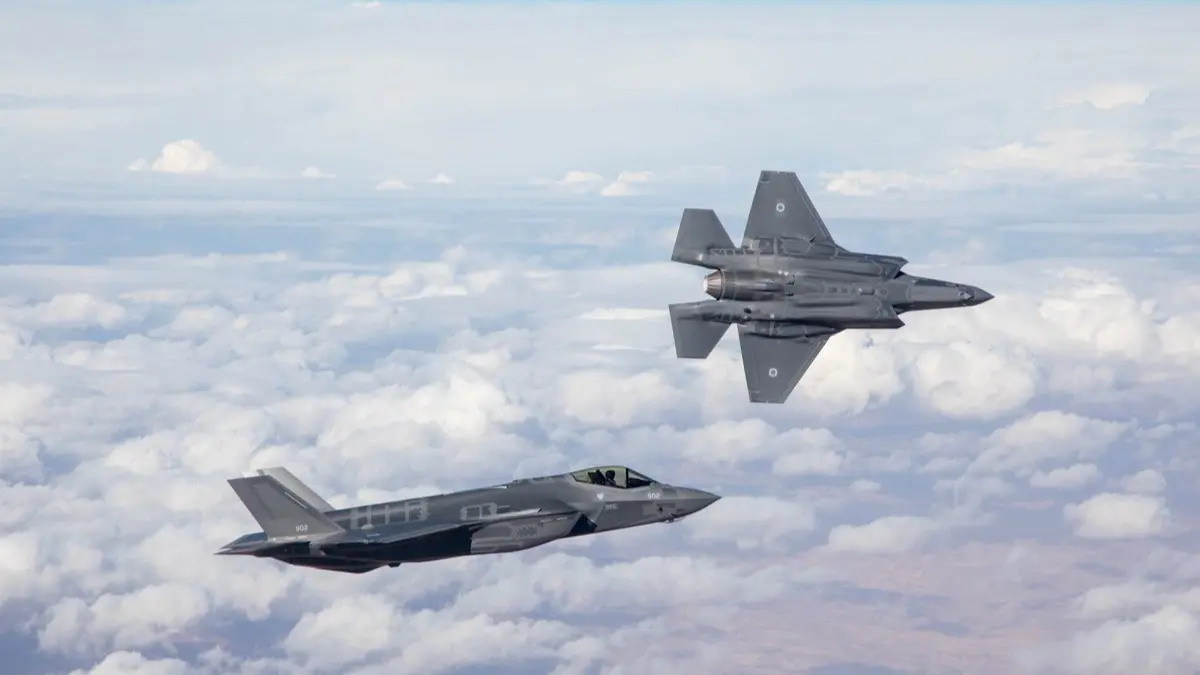Updated 13 June 2025 at 20:36 IST
IDF Continues to Strike Targets In Iran, Says Israel
The attacks, which began overnight on June 13, 2025, and continued into the day, mark a bold escalation in Israel’s efforts to disrupt Iran’s nuclear program.
- World News
- 3 min read

Israel has intensified its military campaign against Iran, with the Israel Defense Forces (IDF) confirming a second wave of airstrikes targeting Iranian nuclear and military sites as part of "Operation Rising Lion." The attacks, which began overnight on June 13, 2025, and continued into the day, mark a bold escalation in Israel’s efforts to disrupt Iran’s nuclear program and weaken its military capabilities. Iran has vowed a "bitter, painful fate" in retaliation, launching around 100 drones toward Israel, many of which were intercepted. Here’s a clear breakdown of the ongoing strikes and their implications.
Renewed Assault on Iran’s Nuclear and Military Infrastructure
The IDF announced that it "continues to attack targets in Iranian territory," focusing on critical sites like the Natanz nuclear facility, Iran’s primary hub for uranium enrichment. Following an initial strike on Natanz early on June 13, Israel launched a second wave of attacks on the facility, which houses tens of thousands of centrifuges and contributes significantly to Iran’s stockpile of highly enriched uranium.
The IDF reported "significant structural damage" to the site, though Iranian officials reportedly claim radiation levels remain stable, a statement yet to be verified by the International Atomic Energy Agency (IAEA).
In addition to Natanz, Israel struck a military airbase in Tabriz, a northwestern Iranian city, according to Tasnim, a news agency linked to Iran’s Islamic Revolutionary Guard Corps (IRGC). The IDF also confirmed the destruction of "dozens" of Iranian radars and surface-to-air missile launchers, suggesting Israel is systematically dismantling Iran’s air defenses to pave the way for potential future strikes.
Advertisement
Israeli officials have long viewed Iran’s nuclear program as an "existential threat." Reports indicate that Iran’s air defenses were weakened by prior Israeli strikes in 2024, creating a "unique window of opportunity" for Operation Rising Lion. The IDF’s precision strikes, some launched from within Iran using smuggled drones and weapons, highlight Israel’s deep intelligence penetration, likely facilitated by the Mossad.
High-Profile Assassinations Amplify the Stakes
The strikes have not only targeted infrastructure but also Iran’s military and scientific leadership. The IDF confirmed the assassination of Major General Hossein Salami, head of the IRGC, along with other senior military figures like Major General Mohammad Bagheri and Gholamali Rashid. Iranian state media reported the deaths of six nuclear scientists, including key figures in Iran’s nuclear program, though these claims await independent confirmation.
Advertisement
The loss of these leaders is a significant blow to Iran’s military and scientific communities, disrupting its chain of command and nuclear research efforts. Iranian media also claimed civilian casualties, including children, but these reports remain unverified. The IDF insists its targets were strictly military, stating, “Today, Iran is closer than ever to obtaining a nuclear weapon. Weapons of mass destruction in the hands of the Iranian regime are an existential threat to the State of Israel and to the wider world. The State of Israel has no choice but to fulfill the obligation to act in defense of its citizens and will continue to do so everywhere it is required to do so, as we have done in the past."
Published By : Sagar Kar
Published On: 13 June 2025 at 20:36 IST
